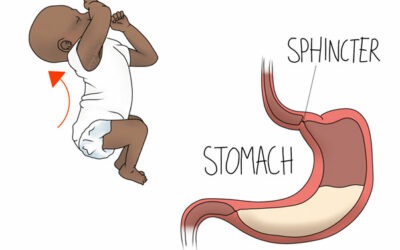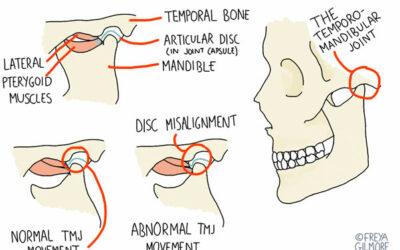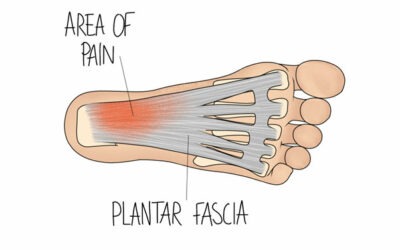So you’ve bought, or arranged to hire, the latest skiing equipment and clothing ready for your ski holiday, but have you put as much effort into preparing your body for the exertion?
Learning about correct posture, doing core strengthening exercises and practising your balance are all ways to improve your stability and prevent injuries on the slopes.

It’s important to have a balanced stance when you’re skiing. Your feet should be 10 to 12 inches apart and your ankles, knees and hips should be flexed. Keep your weight evenly distributed on both feet over the middle of your skis and engage your core muscles as you lean forward from the waist, keeping your head upright. Your upper body will help to keep you balanced as you ski.
But of course, it’s impossible, and not advisable, to stay in one position as you ski. Skiers constantly change direction and shift position, and your stance will change to reflect this. Try to keep your muscles relaxed, rather than tensed, and keep your knees bent to allow them to act as shock absorbers.
If you’re a beginner, it’s a good idea to use a ski coach to help you get into good habits. It’s far easier to establish a good posture and technique from the start than to correct poor technique.
Our osteopath Ole Gulliksen enjoys skiing with his family – he’s pictured above skiing in his native Norway with his wife. Ole has these words of advice for anyone heading off on a skiing holiday:
Make an appointment with an osteopath for a skiing MOT before your holiday.
“Restricted movement and tight muscles increase your injury risk,” he says. “It’s wise to get professional advice on areas of your body that aren’t functioning correctly, and how to fix them, as part of your preparations.”
Wear appropriate clothing
“Dress warmly,” adds Ole. “There is no bad weather for skiing, only the wrong clothing. If your heart, lungs and brain are kept warm, the body will be more generous to share the heat to the hands and feet.”
Avoid burn-out
Finally, Ole advises against overexertion. “Skiing is more like a marathon than a sprint. Take it easy and don’t exhaust your body in the first hour.”
Read our blog post on avoiding injury on the slopes.
Other useful links
YouCanSki.com has this advice for beginners.
MechanicsOfSport.com has a good explanation of establishing the correct skiing stance.
The Telegraph has this advice on preventing falls.
And this video briefly explains the basic skiing posture and how to keep it out on the slopes.



0 Comments